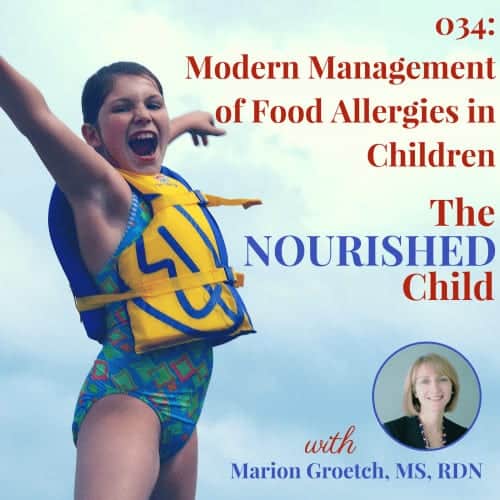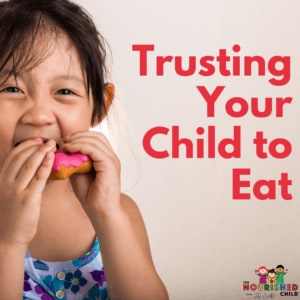8 Common Milk Myths, Busted
June 21, 2017
I debunk the most common milk myths and give you the inside scoop on milk for kids.
Parents ask me all the time: Is milk healthy for my kid? The question stems from confusion about all the options and some common misconceptions about milk.
No doubt, new “milks” on the market make things more confusing. I took a close look at many of the options available in the marketplace and compared them, creating a printable chart so you could weigh the pros and cons and make an informed choice.
As a pediatric nutritionist, I want to further address the questions about milk and the milk myths I hear. I recently visited Freund’s Farm, a dairy farm in Connecticut, to learn more.
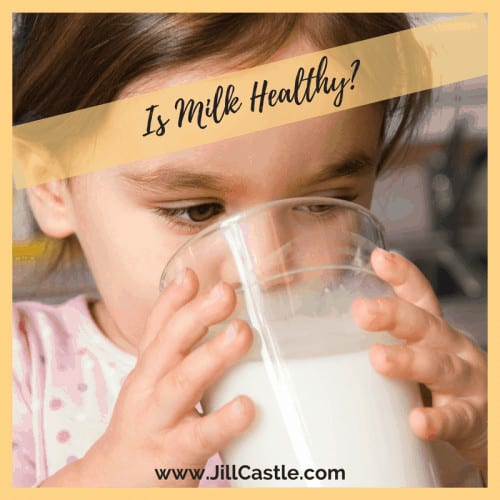
8 Common Myths about Milk
I understand that if you’re not a milk fan or have made another choice, this post may not change your mind, but I do hope it helps you become an informed consumer…whether you prefer to drink milk or not.
So let’s dive in to some of the most common myths about milk.
Milk Myth #1: Humans cannot process cow’s milk
Dr. Google suggests we have been drinking cow’s milk for over 7500 years. Most of us are equipped with lactase enzyme, which helps digest the naturally occurring sugar in milk called lactose.
True, some people have difficulty digesting lactose. Some of my own family members experience this challenge, which is why I stock lactose-free milk in my refrigerator. Lactose-free milk has been treated with the lactase enzyme, reducing lactose, or “predigesting” it, which eliminates symptoms of lactose intolerance. Everything else in lactose-free milk remains the same, including the vitamins, minerals, protein and fat.
Others may have an allergy to the protein component of cow’s milk called casein. Those with a milk allergy cannot consume any dairy products. Infants under 10 months of age are another group who have a limited ability to digest cow’s milk. Between 8 and 10 months, babies may begin to eat cultured, processed and baked products containing milk such as yogurt, cheese and pancakes.
Myth #2: Milk contains hormones
Hormones are naturally present in many foods of plant and animal origin, including milk. Bovine growth hormone (bGH, also called bST) is a peptide hormone present in the cow, helping it produce milk. This hormone is also in cow’s milk in tiny amounts.
Bovine growth hormone is made up of amino acids and when ingested, is processed in the intestinal tract like any other protein source. Experts believe bGH doesn’t survive the acidic environment of the gastrointestinal tract, or the digestive process, and thus has no hormonal activity in humans.
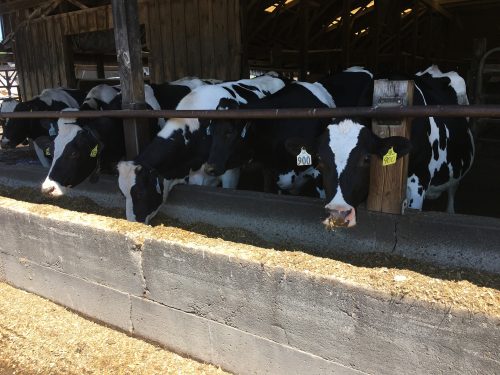
Myth #3: Raw milk is healthier
According to the CDC, the consumption of raw milk increases the risk for infection and serious illness. In general, children do not have a fully developed immune system until age 5 or 6, making them particularly susceptible. As such, it is not recommended for children to drink raw milk.
All milk intended for direct consumption should be pasteurized. Pasteurization kills potentially harmful bacteria without affecting the taste or nutritional value of milk.
Milk Myth #4: Milk is full of antibiotics
Milk at the grocery store is antibiotic-free. Like people and other animals, cow’s get sick and need to be treated with antibiotics.
However, strict government standards and protocols for milk production prohibit milk tainted with antibiotics to go to market.
Milk is tested when it is picked up from a dairy farm and again when it arrives at the milk plant. At any point, if milk tests positive for antibiotics, it is discarded.
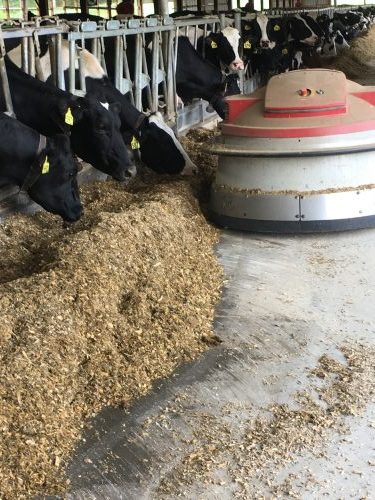
Myth #5: Milk has a lot of sugar
Many people confuse the natural sugar in milk for table sugar. White milk contains a naturally-occurring carbohydrate called lactose.
Chocolate and other flavored milk contains added sugar (sucrose), showcasing both the natural sugar lactose and the added sugar from the chocolate or flavoring.
A cup of white milk contains 12 grams of carbohydrate (lactose) while chocolate milk may have an additional 8 to 12 grams of added sugar per cup (sucrose).
Milk Myth #6: Chocolate milk is bad
Chocolate milk provides the same nine essential nutrients found in white milk. The only difference is the addition of chocolate increases the carbohydrate content (in the form of added sugar) and hence, the calorie content.
I don’t think chocolate milk is bad. I believe it can be a healthy addition to a child’s diet, but with all things, striking a nutritious balance of food groups is key.
Too much added sugar is no good for any child. I advise families to cut back on sweets, candy and soda (low nutrient foods) before eliminating chocolate milk.
Additionally, chocolate milk has been shown to be an effective recovery food for athletes who participate in intense exercise. Chocolate milk provides a blend of carbohydrate and protein that helps muscles repair and recover.

Myth #7: You can get calcium and vitamin D from other foods
That’s true. You don’t need milk, but when you look at the big picture –the calcium and vitamin D provided by one cup of milk– you’re hard-pressed to find another food that mirrors this blend of nutrients in such a convenient, tasty package.
Sure, there are many ways to get calcium on board in your child’s diet (though, less so for vitamin D). Many of the alternative milks have calcium fortification, and some have extra vitamin D added, but they aren’t always packed with protein or other nutrients.
Milk serves up calcium and vitamin D, as well as protein and other nutrients packaged in a convenient, tasty, nutritious drink. And…no shaking required!
[Read: How to Choose the Best Kids Yogurt]
Myth #8: Milk causes early puberty
As discussed in Fearless Feeding, girls in particular are entering puberty at a younger age. A girl’s puberty and their overall growth can vary a lot. You need to know what to expect so you stay calm and focused on overall health goals..
Today, the average age of puberty onset is twelve to 12 ½ years, but it can begin anywhere between 8 and 12 years. There is no known reason for the earlier timing, but experts believe it’s tied to genetics, improved nutrition, the prevalence of childhood obesity, and differences in ethnicity.
The hormone in cow’s milk, called bovine growth hormone (BGH), or bovine somatotropin (bST), helps the cow produce milk.
Some dairy farmers use synthetic bST (rBST) to produce more milk from their cows. Experts believe digestion kills the biological activity of these hormones, making them unlikely to influence the onset of puberty in children.
Milk Can Be a Healthy Addition to a Child’s Diet!
From chocolate milk to lactose-free versions, milk is a daily part of my own family’s eating experience.
As a professional, I also believe it is one of the easiest and most practical ways children can receive important nutrients during childhood.
Have you heard other myths about milk?
For more information about calcium and vitamin D nutrition for your child, check out my shop for additional guidebooks and classes.
This post was created in partnership with the dairy farm families of New England and Freund’s Farm in Connecticut. I was compensated for this post and, as always, all opinions are my own.


